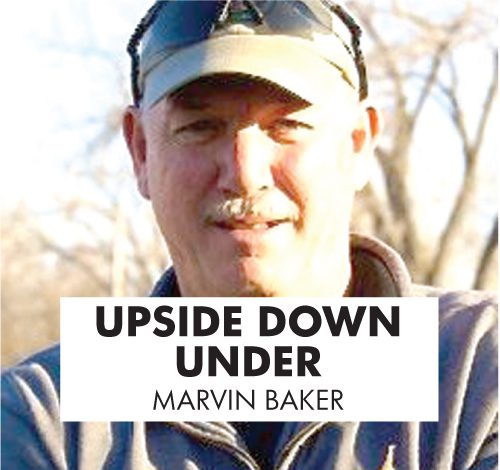There’s an environmental phenomenon going on next door in Saskatchewan that is nothing short of unique. It’s hard work, but the financial rewards are apparently endless.
A company called ABMT Solutions dismantles old grain elevators, then uses the recycled wood for environmentally-friendly projects.
Alvin Herman, a 75-year-old farmer from Milden, Saskatchewan is the man who is behind the grain-elevator recycling trend.
And just to clarify, recycled wood has been a “thing” for many years. People tear down barns and use the wood for decorative purposes. I’ve heard of people tearing down old sawmills in Idaho and using the wood to build houses, barns and sheds.
But grain elevators? Think about it. Wood elevators were built to hold the weight of thousands of bushels of grain. An elevator isn’t like taking a barn down. It’s much taller, it’s built more sturdy and the amount of wood is far greater than any barn.
Herman’s company got started with an elevator he owned in Milden, a small town near Saskatoon. The elevator was in disrepair and community residents were becoming vocal about the safety factor and that it was a draw for vermin.
Herman told the city he was allergic to demolition and burning and polluting the environment. As a result, he took it upon himself, and people he hired, to tear the old 19th century structure down and recycle the lumber.
Since word got out about the “deconstruction” of that elevator, ABMT Solutions was contracted to tear down and recycle three similar structures in Kenaston, Saskatchewan. Since that time, ABMT now has 10 elevators on its waiting list.
And that’s where ABMT grew, from a small group of farmhands to a widely profitable and growing company that has consultants and home designers like many lumber yards have.
By repurposing the timber, the company can maintain a low-carbon footprint, according to Ian Loughran, a consultant for ABMT who works for Vereco Smart Green Homes, a home design company that touts its energy efficient builds.
Some of the lumber is donated to build First Nations homes, while other timber is used by ABMT to build other family dwellings.
Herman understands the hard work, but to him taking down an elevator and putting some of it back together in a “new” home, is like constructing or taking down a Lego kit. And that’s how he explains it to his employees.
There’s other interesting uses for the elevator lumber that may not be stable enough to build a house. They include dance floors, decorative walls, horse stables, garages and even treehouses for kids.
Sure, the lumber is free and trees aren’t being cut down, but there’s plenty of labor and equipment involved in taking down a structure the size of a grain elevator. Selling homes or lumber to build homes is where Herman earns his living so he can also provide his employees with decent paychecks.
It costs about $6,000 annually to maintain a shuttered elevator, according to Herman. Taking it down eliminates that cost for the owner and someone will most likely get a new house in the process.
The National Trust for Canada, a charity with goals of saving heritage places, estimates 20 elevators are lost each year to demolition, fire or natural disaster.
Some can be saved, some can’t. There are currently 11 original prairie skyscrapers that are listed as heritage places throughout the province.
“It’s heritage wood. It’s never going to happen again; you’re not going to find this wood anywhere else in the world. If people want to preserve some of the history, this is kind of the last ditch effort to preserve the old sentinels that dotted the prairie,” Herman said.












